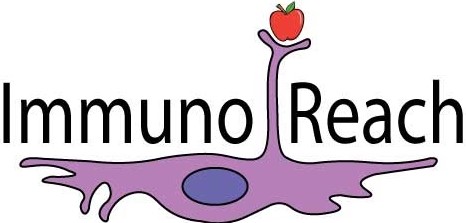Bacteria to Brains in Backyard Coyotes: An Interdisciplinary Pedagogical Case Study
Author(s): Adam Kleinschmit1, Andrea Bixler2
1. Department of Natural and Applied Sciences, University of Dubuque, 2000 University Ave, Dubuque, IA 52001 2. Department of Science and Mathematics, Clarke University, 1550 Clarke Dr., Dubuque, IA 52001
389 total view(s), 67 download(s)
Description
The case features an engaging narrative between two graduate students in animal behavior and immunology programs, unexpectedly helping each other gain insight into the complexities of each other's fields. The case was designed with face-to-face modality in mind, but could also easily be implemented in synchronous or asynchronous online courses (Bixler et al., 2021).
Intended audience:
The case is designed for introductory life science undergraduate students but can be adapted for more advanced and focused courses (e.g., animal behavior, immunology, microbiology, neurobiology).
Overarching goal:
The overarching learning goal for this case is for students to explore the interdisciplinary nature of science, while making connections with ecological concepts with cell and molecular concepts. By the end of this case, students should be able to make connections between life science subdisciplines that span immunology, microbiology, ecology, and animal behavior. The activity is intended for use with introductory biology, general biology, or non-major biology courses. As such, the activity is used to teach fundamental biology concepts and core competencies, as listed in the Vision and Change report (AAAS, 2011), and those described in the recommended guidelines developed by the Undergraduate Immunology Education Task Force. The core concepts and the learning outcomes for this activity are noted below:
1. Core Concept: Systems
a) Identify environmental factors (abiotic and biotic) that affect the distribution of species.
b) Identify various types of interactions among coyotes and other species.
c) Outline the gut-brain axis and describe how it integrates multiple physiological processes.
d) Describe how the the gut-brain axis can be influenced by environmental factors.
e) Construct a conceptual model for how coyote ecological context (urban vs. rural) can lead to changes in animal behaviour and health.
2. Core Competency: Ability to tap into the interdisciplinary nature of science.
This resource consists of the following files, which are available to instructors through the CourseSource publication cited below:
1. Instructor Notes: these are instructor notes, which include answer keys, notes from field testing of the activity, implementation-related notes and options for extending or modifying the activity.
2. Student Handout: this handout includes the case study narrative and associated questions.
3. Answer Key - can be obtained by accessing the CourseSource article cited below.
Kleinschmit AJ, Bixler A. 2024. Bacteria to Brains in Backyard Coyotes: An Interdisciplinary Pedagogical Case Study. CourseSource 11. https://doi.org/10.24918/cs.2024.3
Cite this work
Researchers should cite this work as follows:
- Adam Kleinschmit, Andrea Bixler (2024). Bacteria to Brains in Backyard Coyotes: An Interdisciplinary Pedagogical Case Study. ImmunoReach: Interdisciplinary Immunology Education Consortium, (Version 2.0). QUBES Educational Resources. doi:10.25334/Q7HA-9F51
